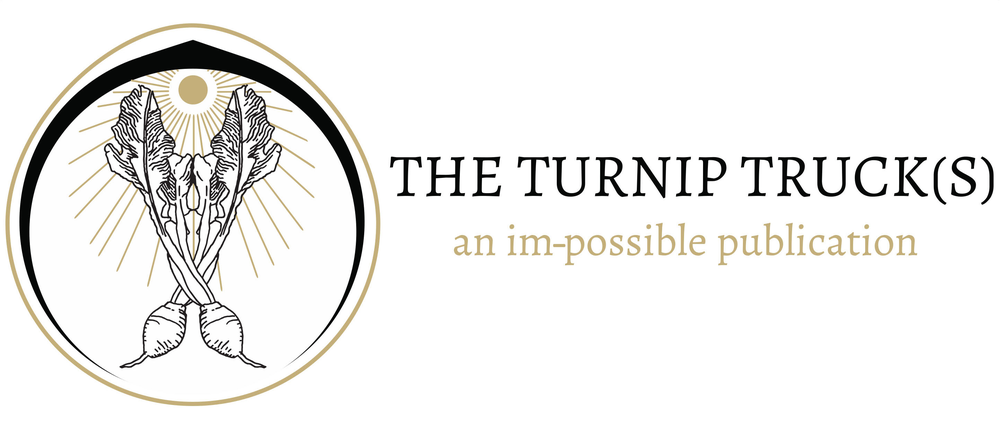The reaction to Orson Welles' Mercury Theater on the Air radio adaption of H. G. Wells The War of the Worlds is well-known and has been studied as perhaps the first instance of fictive media.[1] On another plane than realism in fiction and cinema, fictive media uses the available technological forms to recreate not life, as in the operation of mimesis, but the reportage of life through the non-artistic and seemingly trusted medium of news, documentary, or reportage. The roots of this manipulative genre go back to early modern journalism, where false stories reported by pamphleteers disguised as journalists. The most large-scale examples of this pre-20th century practice were the numerous libelles published in France during the Ancient Régime.[2] Today we identify a the libelles as political propaganda, although their enormous influence on the French people was based on their supposedly journalistic credibility. What distinguishes modern fictive media, which was perhaps inaugurated by Welles' broadcast, is that its veracity is grounded on the technological advancements of modern media.
Welles was fascinated by the medium of radio, the technology of which allowed not just realism but also imaginative involvement by the listener; he believed that because of this dimension of imaginative participation, perhaps it could have a greater dramatic force than theater. It was this imaginative element that is crucial for understanding the powerful reaction that thousands of Americans had to the broadcast. Listeners were able not only to hear what seemed like real radio reportage, but the medium of radio also allowed them—forced them—to visualize what was being reported.
As Hadley Cantril writes in the introduction to The Invasion from Mars, which remains the best sociological study of the event, 27.5 out of 32 million families in the United States had radios in 1938, “a greater proportion than ha[d] telephones, automobiles, plumbing, electricity, newspapers or magazines." Additionally, "The radio was their principal, in some cases the only source of information about the wider world. They were accustomed to trusting it; why should they doubt the familiar voices, describing events in their familiar manner?"[3] It was Welles and the Mercury players, already having masterfully exploited the technology of radio during numerous earlier broadcasts of literary adaptations, who fortuitously made a Martian invasion horribly believable. The irony—the lesson of which is hardly irrelevant now—is that it was modern technology that, instead of stifling the fancies of the imagination, actually opened the door to flights of terrifying imaginings. As it is the case at this moment in history, we are dulled into an objectivity where technology is taken for granted, like in Goya's etching illustrates, "The Sleep of Reason Produces Monsters."
[1] The broadcast was on Sunday, October 30, 1938, a day before Halloween. The original adaptation, dramatized in the form of news bulletins, was written by Howard Koch. Welles, as well as the Mercury Theater players, thought the radio play was at best “silly.” Many thought it was a ploy by Welles to take attention away from their torturous rehearsals and production problems for the upcoming production of Danton’s Death in the Mercury Theater. The background to War of the Worlds is brilliantly described in Simon Callow, Orson Welles: The Road to Xanadu (New York, 1995).
[2] The seminal studies on the Libelles are by Robert Darnton; The Literary Underground of the Old Regime (Cambridge, 1982), The Revolution in Print: The Press in France, 1775-1800 (Berkeley, 1989).
[3] Hadley Cantril, The Invasion from Mars: A Study in the Psychology of Panic (Princeton, 1940), quoted in Callow, Road to Xanadu, pp. 402-3.


